When it comes to cats, many people will find them cute, courteous, or charismatic. Now, however, Wildcats have become Australia`s "public enemy."
There are stray cats and dogs all over the world, but Australia has seen a large number of stray cats in recent years, making people very troubled, and even seriously affecting the local ecology.
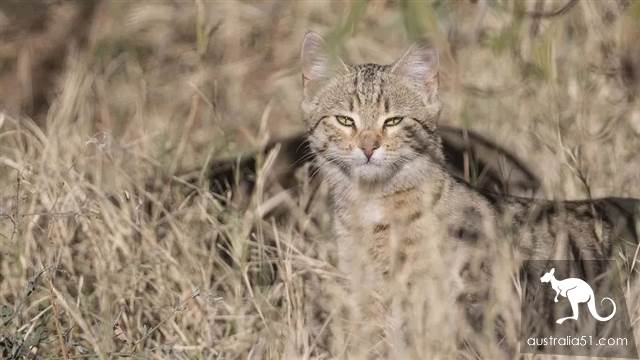
According to the Daily Mail, in addition to the surge in the number of wild cats in Australia, the size and temper of wild cats in Australia have also changed with the purpose of adapting to the wild environment. They have not only become twice as large as domestic cats, they are also very aggressive, and in order to survive, They can only hunt in the wild, but this has led to a significant decline in some species in Australia.
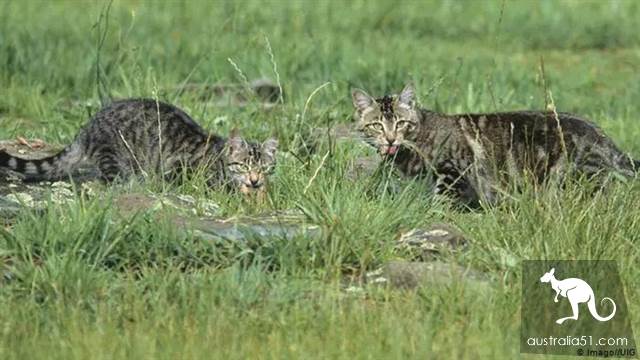
Local scientists say a wild stray cat can kill 1000 wild animals in a year, regardless of size, such as locusts, rats, lizards and kangaroos.
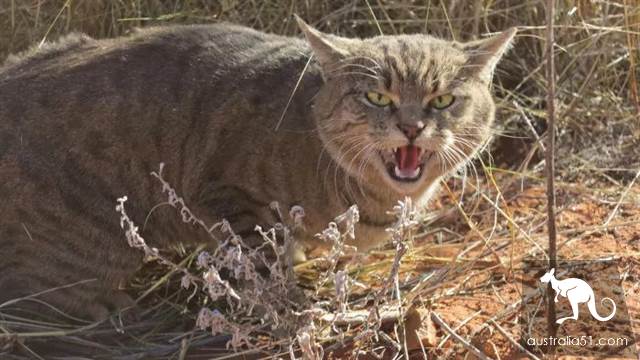
Especially after mixed breeding, stray cats also appeared large species, and the habits of lions, tigers and other "big cats", hunting ability and very fast, deeply threat the survival of native Australian wild species.
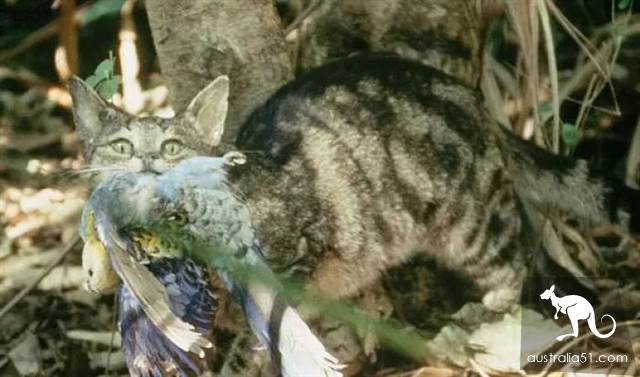
Researchers estimate that they have led to extinction of at least 22 species of animals in Australia. In an interview with < New York Times >, conservation researcher John Woinarski said Australia`s recent extinction rate was "catastrophic".
According to their research, Australia`s first cat was introduced from Europe in the 17th century, and until now 99.8 percent of Australia`s land has been followed by wild cats, according to Gregory Andrews, an Australian national endangered species scientist. The number is estimated to be between 2 million and 6 million.
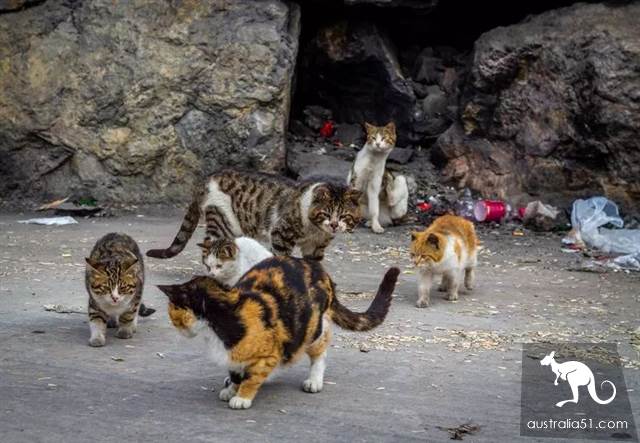
And when they look at the results, they believe that wildcats will feed on more than 1.7 million reptiles and 1 million metazootic birds a day, which is clearly a big crisis for native species.
Thanks to its unique geographical advantages, Australia`s mainland has a different ecosystem from other mainland. So many animals, including 80 percent of mammals and 45 percent of birds, are endemic to Australia.
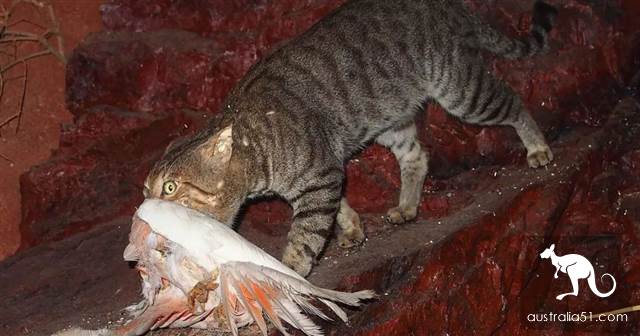
Once alien species invade Australia`s wild ecology, they no longer have the power to stop them.
In the last century, Australia launched several hundred-year-long "encirclement and suppression" against the hare, and the hare is still scattered all over the Australian land. By this century, Australia had become a country dominated by wildcats.
Australian species currently receiving cat threat, such as clump-tailed rabbit rats and beavers, have been classified as vulnerable. At present in Australia, Wildcat has been regarded as the number one public enemy!
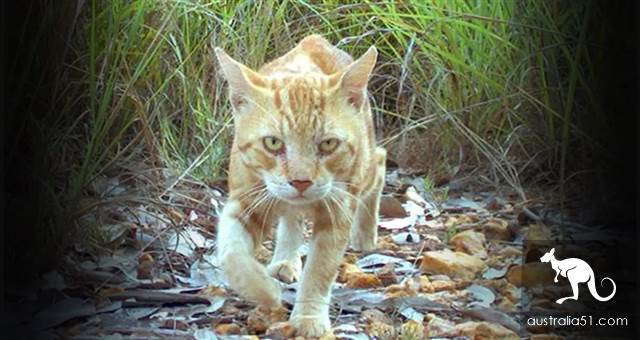
In order to avoid more species extinction in the future, some experts have called for Australia to pay attention to this matter, and now some areas have come up with extraordinary means, for example, Queensland has launched a "cat-free program". Allow the public to settle a wildcat can be exchanged for a $7 reward.
Australian government scientists have developed a variety of cat-killing poisons and let wild cats eat pills hidden in meat bait. The poison attacks the cat`s central nervous system, vomiting, convulsions, coma, and death within two to six hours.
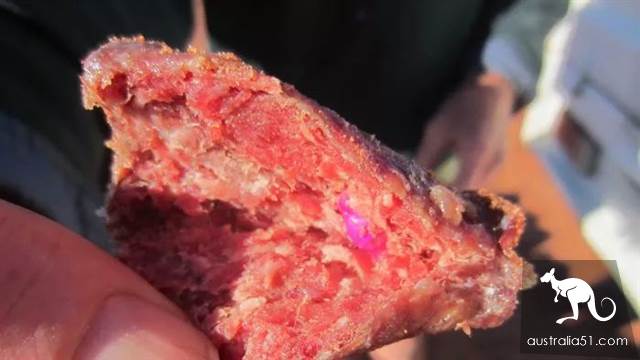
In addition, government also deployed a helicopter to feed poisonous sausage from the air to the Wildcat gathering place with processed poisonous meat bait. According to the Australian local hunter, Australia is a vast area, and when it is feeding wild cat sausage in the air, The average area of each square meter must be fed 50 jin of bait to ensure that wild cats can reach.
"We don`t kill cats for cats, we don`t do that because we hate cats, but we have to choose to save our favorite animals," said Andrews (Gregory Andrews), Australia`s national commissioner for endangered species. And these species can define us as a nation. "
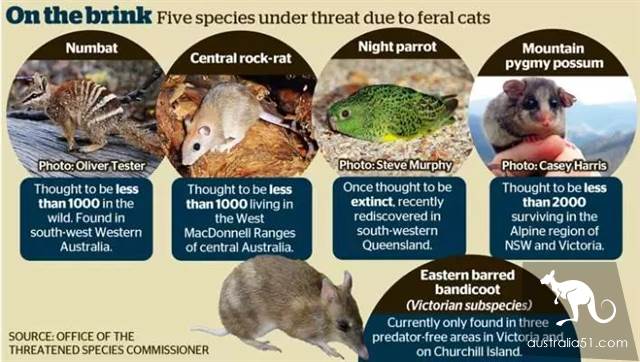
Australia`s government wants to make at least 2 million wildcats disappear by 2020, but the policy makes it cruel for the animal-friendly group (Ethical Treatment of Animals, or PETA, to shout, and it shouldn`t go on like this.
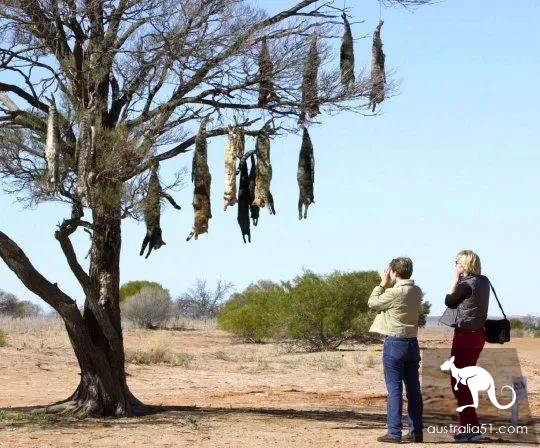
There are also many animal conservationists who oppose the plan, arguing that the government should send manpower to sterilize wild cats rather than catch them, but the cost and time of sterilization is clearly much longer than hunting.
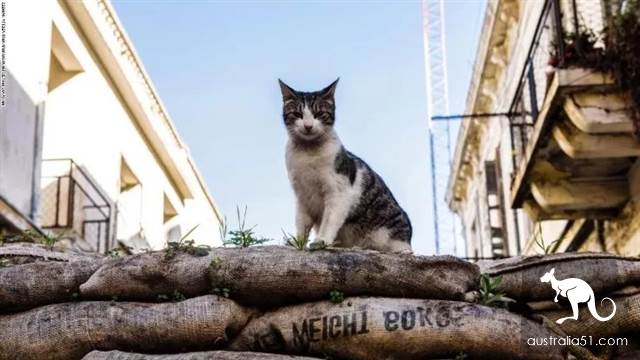
According to Australia`s authorities government, it is the "wildcat killer" that spends the smallest cost of "annihilating" serious threat to native mammals.

